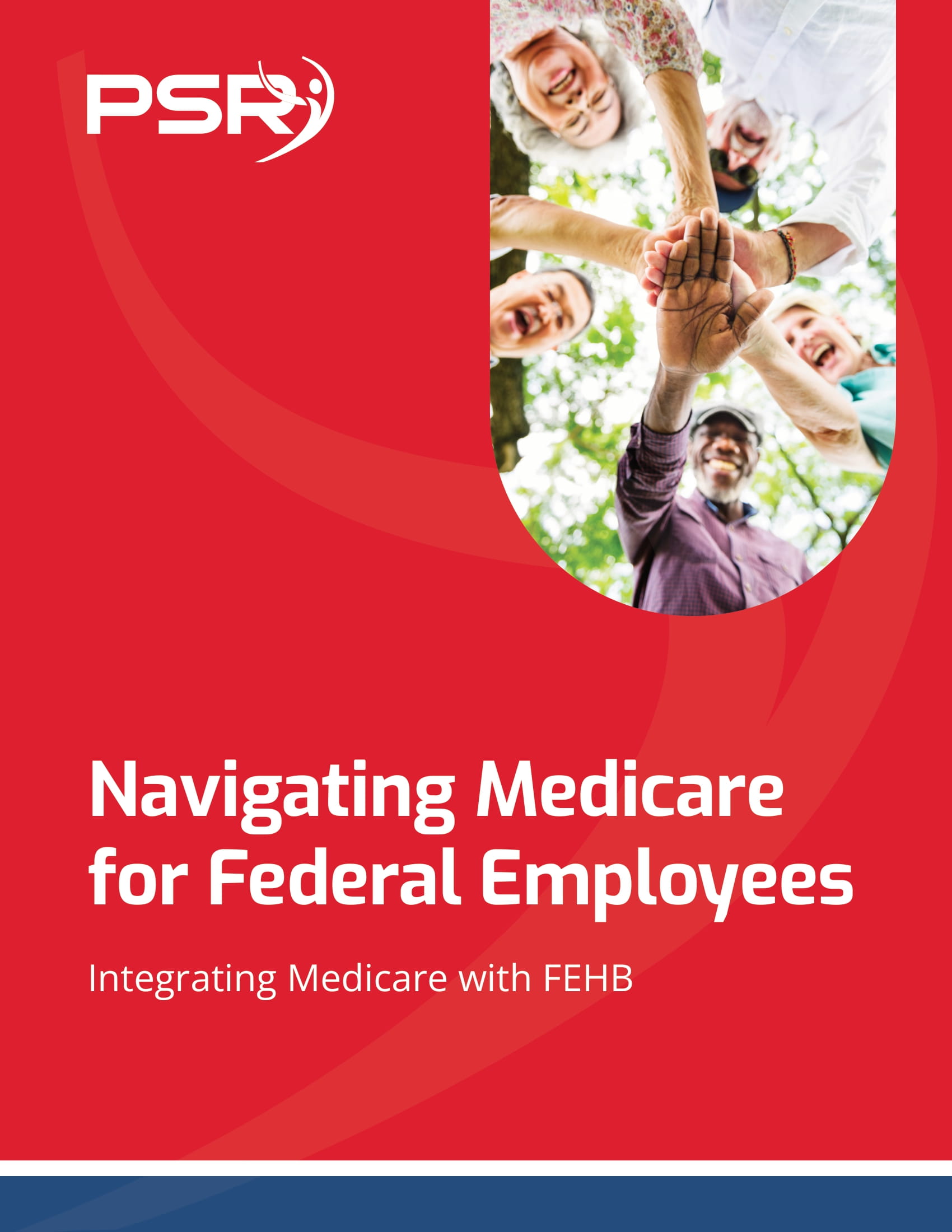Key Takeaways
-
Even seasoned public sector employees and retirees often misunderstand critical FERS rules that can directly impact their retirement planning.
-
Understanding these misunderstood aspects of FERS in 2025 helps you make informed decisions and avoid unexpected financial consequences.
The Survivor Benefit Election Isn’t Optional—If You Want Continued Health Insurance
- Also Read: 6 Important Changes That Could Impact CSRS Retirees in the Future—And What You Should Watch For
- Also Read: 3 Hidden Costs of Early Retirement Under FERS That Can Take You by Surprise
- Also Read: 6 Important Updates Federal Employees Should Know About Hiring, Pay, and Retirement
To ensure your spouse retains FEHB coverage after your death, you must:
-
Elect at least a partial survivor annuity during retirement.
-
Be enrolled in FEHB on a Self Plus One or Self and Family basis when you retire.
-
Maintain that FEHB coverage continuously until death.
Without the survivor annuity election, your spouse will lose FEHB eligibility, regardless of how long they were previously covered. This applies in 2025 just as it has in the past, and misunderstandings about this rule still lead to avoidable gaps in coverage.
Many employees mistakenly believe that having their spouse listed under FEHB automatically guarantees continuation of coverage after death. In reality, the survivor annuity is the key—without it, the benefits end.
Your “High-3” Average Pay Isn’t What You Expect
When estimating your FERS annuity, you’ve likely heard that it’s based on your “High-3” average salary. That part is true, but how it’s calculated continues to cause confusion—especially in light of recent legislative discussions around pay structure changes.
Here’s how it works in 2025:
-
Your High-3 is the average of your highest-paid consecutive 36 months of basic pay.
-
This does not include overtime, bonuses, awards, or most forms of premium pay.
-
Locality pay is included, unless legislation changes it—which has been a topic of ongoing debate in 2025.
Some employees assume their last three years on the job automatically count as their High-3, but this isn’t always the case. For example, a promotion earlier in your career or a high locality rate in a specific geographic region could mean your best-paid period came well before retirement.
Further confusion arises when proposed legislation threatens to exclude locality pay from High-3 calculations. Although this has not passed into law yet, the fact that it’s under consideration makes it even more important to understand how your annuity is actually calculated.
To estimate your FERS annuity properly:
-
Review your earning history and identify your highest-paid 36-month stretch.
-
Confirm that the pay included qualifies as basic pay.
-
Consult your agency’s HR or a licensed retirement advisor to validate your numbers.
The FERS Annuity Supplement Ends at Age 62—No Matter What
Another major point of confusion? The FERS Special Retirement Supplement (SRS), designed to bridge the income gap between retirement and Social Security eligibility. Many employees misunderstand when it starts, how long it lasts, and how much they’ll receive.
If you’re retiring before age 62 and have met the eligibility requirements for a FERS immediate annuity, you may qualify for the supplement. It’s meant to approximate the amount you’d receive from Social Security if you were eligible.
Here’s the key rule in 2025: the FERS supplement stops at age 62—even if you don’t claim Social Security at that point.
More clarity on the supplement:
-
You must retire under eligible conditions (e.g., MRA+30 or age 60 with 20 years).
-
It’s calculated based on your years of FERS-covered service, not CSRS or military service.
-
It is subject to the Social Security earnings limit, which is $23,480 in 2025.
A common mistake is assuming the supplement continues until you actually apply for Social Security. In fact, it ends regardless of whether you start receiving Social Security or delay it for a higher benefit later on.
Understanding this can help you plan your cash flow during retirement and avoid relying on income that won’t be there past 62.
What You Can Do Right Now to Avoid These FERS Pitfalls
Understanding these three misunderstood FERS rules is the first step toward a more predictable retirement outcome. Here’s what you can do now:
-
Review your retirement paperwork: Make sure your survivor benefit election aligns with your healthcare goals.
-
Audit your pay history: Ensure your High-3 calculation is accurate by checking what counts as basic pay.
-
Map your retirement income timeline: Know exactly when your FERS annuity, supplement, and Social Security will begin and end.
You should also regularly revisit these decisions, especially in light of potential policy changes in 2025 that may affect High-3 calculations or the availability of benefits.
If you’re nearing retirement or already retired, it’s not too late to make adjustments. For instance:
-
If you’ve already elected a reduced or no survivor annuity, check if your decision can be reversed under specific circumstances.
-
If you’re working part-time or planning to return to work after retirement, be aware of how earnings could reduce or eliminate your FERS supplement.
Timing and Policy Awareness Matter More in 2025
FERS operates within a federal landscape that continues to evolve. Proposed legislation may change key features of how your benefits are calculated or distributed. In 2025, active discussions about removing locality pay from High-3 averages and altering FEHB cost-sharing formulas for retirees highlight the importance of staying informed.
The choices you make at retirement are often irreversible—or extremely difficult to change. That’s why understanding these three misunderstood rules is so critical now. Missteps can lead to:
-
Loss of health insurance for your spouse
-
Lower-than-expected retirement income
-
Inaccurate retirement timing due to the end of the FERS supplement
Protect Your Future by Clarifying the Details
As a public sector employee or retiree, knowing the ins and outs of the FERS system is essential to protecting both your finances and your healthcare in retirement. These three rules—survivor annuity elections, the High-3 calculation, and the expiration of the annuity supplement—aren’t just minor technicalities. They shape your long-term stability.
Don’t leave your retirement plans to assumptions. Reach out to a licensed agent listed on this website for guidance tailored to your unique retirement timeline and benefit structure.









